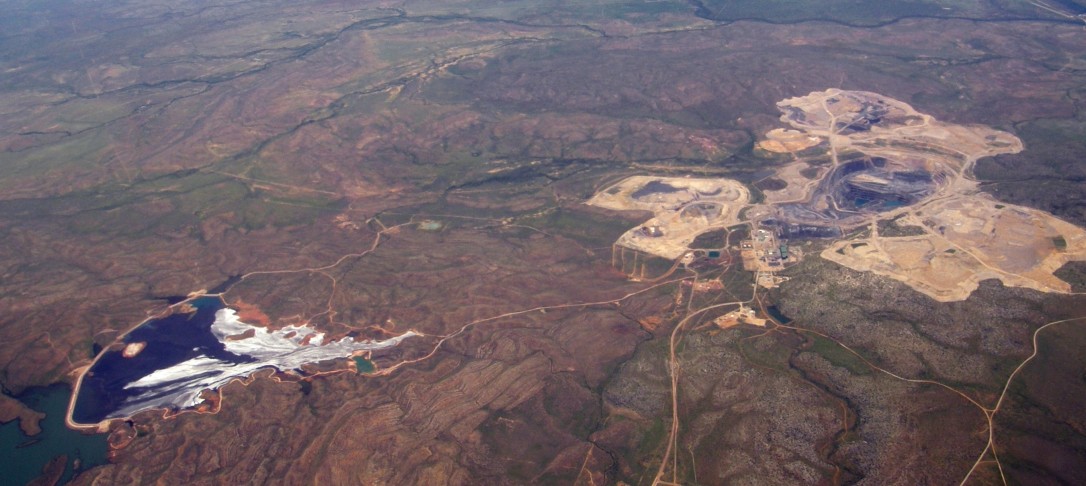
Dr Anita Parbhakar-Fox will give the ESE Departmental Seminar on 25 November, “Mine waste down under – critical resources for the future?”
Join us online on 25 November by clicking “Livestream” on the seminar page at 12pm.
Abstract
Recently, at COP26, our international leaders continued their discussions on how we can realistically transition towards low-carbon economies as a global community. To facilitate this, new technologies (such as electric vehicles, low-emission power sources, photovoltaic panels etc.) are required. The manufacture of these products requires significant resources of ‘new economy metals’ including cobalt, tungsten, rare earth elements, indium, gallium and germanium. Traditionally, these metals were considered unwanted by-products of base metal and precious metal mining operations, and are now concentrated in mine waste (e.g., tailings, waste rock, metallurgical slag).
Mine waste reprocessing is a business proposition that is increasingly being adopted in many countries, including several in Australia e.g., Hellyer Pz-Zn-Au-Ag, Century Zn, Mt Carbine W, Mt Morgan Au and Tick Hill Au mines. However, mine wastes are mineralogically heterogeneous, and so a ‘one approach-fits all’ will not optimise value-recovery – or guarantee that the waste is environmentally de-risked. Fundamentally, materials must be thoroughly characterised adopting similar practices as undertaken in geometallurgical studies.
New research initiatives in Australia are focussing on secondary prospectivity. For example in Queensland there are least 40 significant metalliferous mining operations which produce mine waste streams containing unknown quantities of new economy metals. Additionally, there are 120 state-managed abandoned mines. Many of these sites contain reactive sulphide-rich mine waste with associated acid and metalliferous drainage risks. Ongoing environmental management of these sites is costly, but their potential new economy metal content – as yet uncharacterised – presents a unique opportunity to rehabilitate these sites through reprocessing waste. This seminar will present data from 16 sites examined to date. Hosting of Co in sulphides and Mn- and Fe-oxides was observed in tailings, waste rock and spent heap leach materials collected in NW Queensland with REEs hosted by allanite, stillwellite, apatite, and Fe-oxides. Mine waste collected in NE Queensland confirmed chalcopyrite and sphalerite as In hosts. Metallurgical extraction methods are now being tested.
Anita’s biography:
 Anita is the Group Leader of the ‘Mine Waste Transformation through Characterisation’ team at the W.H. Bryan Mining and Geology Research Centre– part of the Sustainable Minerals Institute.
Anita is the Group Leader of the ‘Mine Waste Transformation through Characterisation’ team at the W.H. Bryan Mining and Geology Research Centre– part of the Sustainable Minerals Institute.
Anita’s research is focussed on mine waste characterisation to improve mine planning and waste management practices where she has worked with mining industry, METS sector and government stakeholders. She has developed new tests and protocols for improving waste characterisation and is also involved in identifying remediation options for abandoned/historical mine sites.
Most recently, Anita has led industry and government funded projects characterising a range of mine waste materials to evaluate their economic potential.


